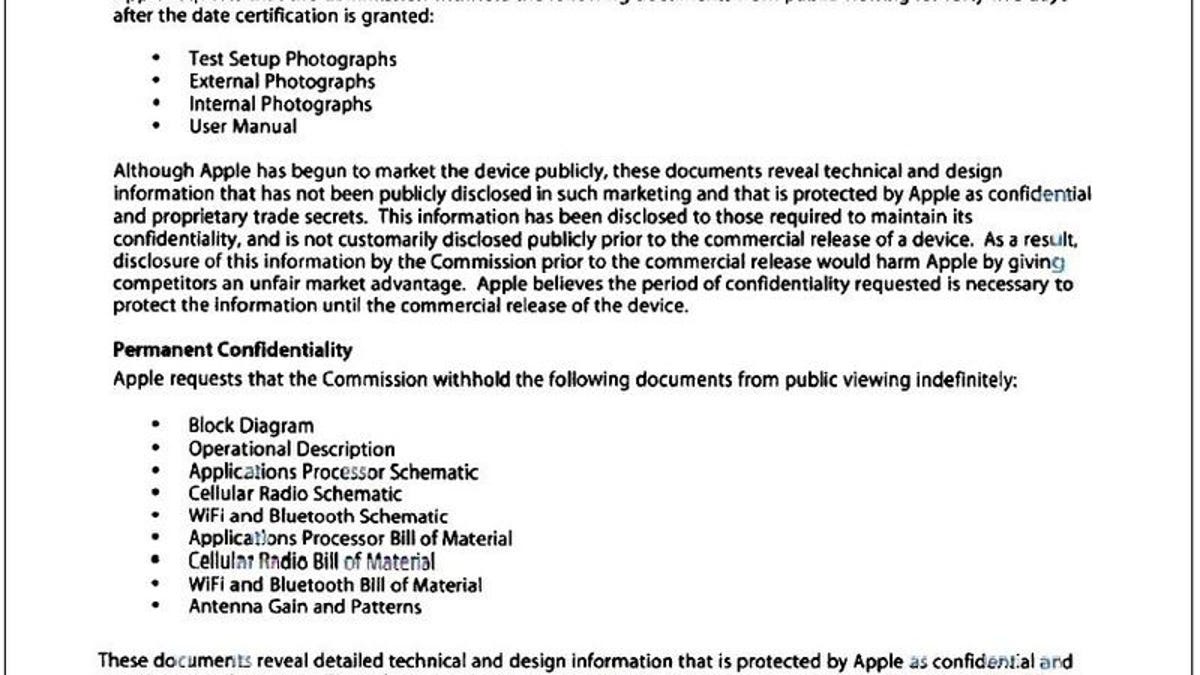Apple's FCC confidentiality? It's not unusual
iPhone Atlas doesn't think much of a confidentiality request that Apple filed as part of the iPhone 4's certification process.
There's nothing like Apple's iPhone to get the rumor mills churning. Today, for example, the iPhone 4 passed through the FCC's certification database for the second week in a row. In the filing you'll find the standard paperwork about the phone's specific absorption rate, plus a diagram of its rear face. All things considered, it's pretty boring stuff including the attached request for confidentiality.
This morning Patently Apple posted the June 4 request and speculated that perhaps Apple was trying to hide technical details from the public. Indeed, that is what's happening here, but it's not nearly as exciting or surprising as some rumors suggest. So go ahead and put away those Verizon and "magical hidden feature" conspiracy theories.
Like many other cell phone manufactures, Apple needs to start the FCC testing process several weeks before its new handset is unveiled. So to keep news about the
Apple also asked the FCC to keep materials like cellular radio schematics and the operational diagram permanently confidential. Again, it's all par for the course since those documents cover intellectual property and trade secrets. And don't be swayed by the different FCC IDs (BCG-E2380A vs. BCG-E2380B). Both numbers refer to GSM iPhone 4 models that are virtually identical except that they have Wi-Fi and Bluetooth radios made by different vendors.
Like it did (PDF) with the iPhone
So, no, at this point we don't believe Apple is hiding a new surprise that we'll hear about it after next Thursday. But if you think differently, tell us below.


